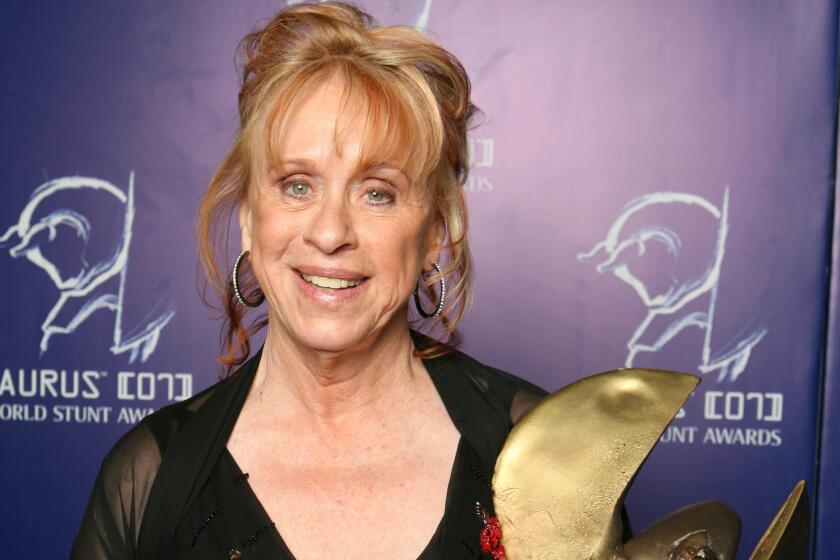As China Opens Its Doors, Coca-Cola Pours In : Trade: The soft drink maker is building more plants and has plans to reach more of the nation’s huge market as its economy strengthens.
If consumers in China drank an average of just one extra can of Coca-Cola a year, the soft drink maker would sell over a billion more Cokes.
Numbers like that make executives at Atlanta-based Coca-Cola Co. beam as they ponder their reborn business in China, home to one of the world’s fastest-growing economies.
“People predict confidently, ourselves included, that within a short time China will be the largest soft drink (market) in Asia,” said Douglas N. Daft, president of Coca-Cola’s Pacific Group.
As China moves further toward a market economy, Coca-Cola is stepping up its presence in the world’s most populous nation.
Red kiosks emblazoned with the familiar Coke logo translated into Chinese characters appear in crowded parks and on city streets. More significantly, Coca-Cola bottling plants are springing up all across the country.
This year alone, Coke has announced plans to invest $150 million in five new Chinese plants. The company expects to have 23 plants in China by 1996.
“There are 1.2 billion soft drink opportunities in China. That’s an awesome number of people,” said Emanuel Goldman, a beverage industry analyst at Paine Webber Inc. “One of Coke’s greatest strengths is its ability to effect widespread distribution, and that’s what is going on today.”
The company doesn’t release country-by-country revenue or profit figures, but Coca-Cola says it sold 75 million cases (with each case representing 24 eight-ounce servings) in China in 1992 and 100 million cases this year through September.
China was one of Coca-Cola’s first overseas markets, with bottling plants established in Shanghai and Tianjin in 1927. Reviled as a symbol of hated U.S. imperialism by China’s Communist Party, Coca-Cola was forced to leave in 1949.
The company returned in 1979, when China launched its economic reforms and began welcoming foreign investors, opening the first of a series of plants on the more prosperous coast. Earlier this year, the government approved Coke’s plans for expansion to the interior.
Eight of Coke’s 13 plants are joint ventures with Chinese companies and five are state owned.
Despite those inroads, China’s consumption of Coca-Cola products is still minuscule--about one serving annually per person.
But Coca-Cola has barely tapped the potential. Its existing plants serve areas with a total of 384 million people, only about one-third of the population. When the planned facilities are in operation, more than 90% of the country will be able to buy the company’s fizzy beverages.
China’s soft drink business is dominated by local brands, which hold about 80% of the market. Coca-Cola markets its Coke, Diet Coke, Fanta and Sprite brands, as well as a locally developed fruit-flavored drink called Jinmeile, in China.
Coke’s chief foreign rival, Somers, N.Y.-based Pepsico Inc., is exploring the Chinese market “very aggressively,” said spokesman Brad Shaw.
Pepsi has seven joint venture bottling plants and two concentrate plants in China, but the company will not release sales figures.
Pepsi, which also operates the Kentucky Fried Chicken, Pizza Hut and Taco Bell fast food chains, is taking a broader approach to China, Goldman said.
“Pepsi isn’t as far along soft drink-wise,” Goldman said. “When Pepsi comes in, it’s along their total product line. Coke is single-mindedly into soft drinks.”
Besides the sheer numbers that are so encouraging to Coca-Cola, the product itself is symbolic for a nation that is warming to Western culture, noted Chin-Ning Chu, president of Asian Marketing Consultants Inc. in San Francisco.
“It’s a status symbol,” she said. “Coke has an aura about it. (The Chinese) are fascinated with the American image.”






